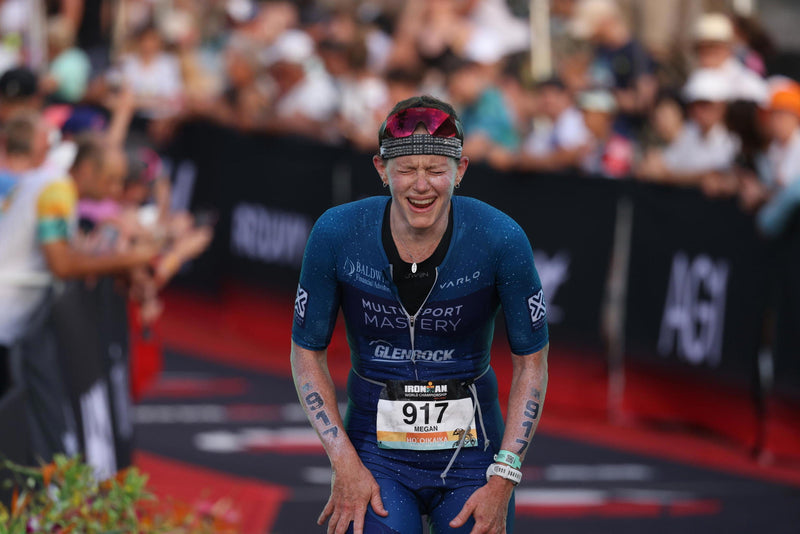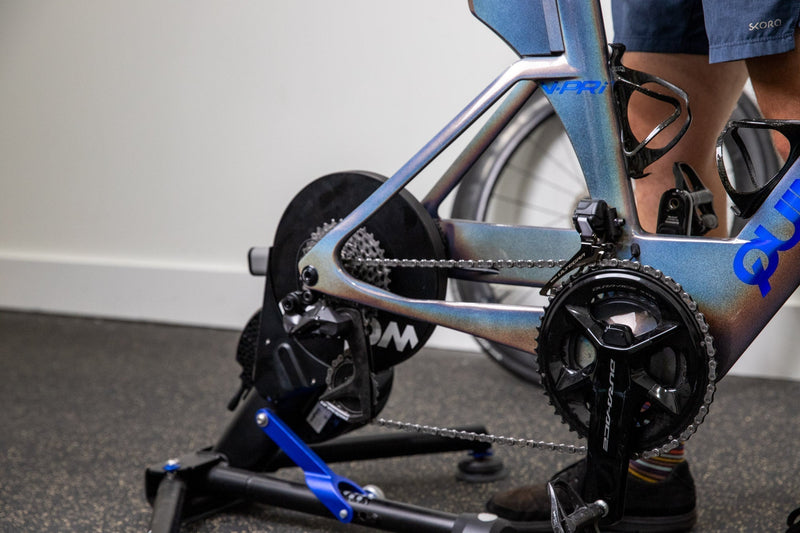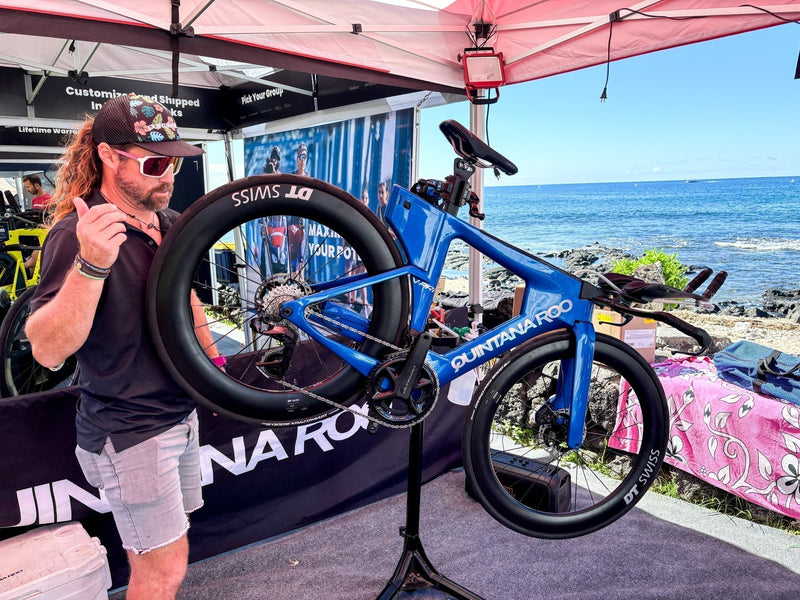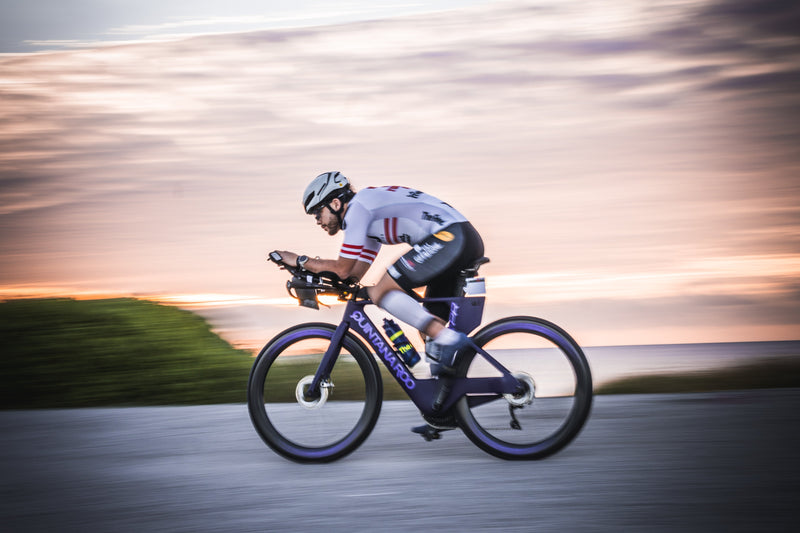BIKE FIT: PROPER PELVIC POSITION
Article written by Team MPI's Adam Sczech, IRONMAN and USAT Level 1 Certified Coach, NASM Certified Personal Trainer and VFS Master Bike Fitter
Why worry about the Pelvis when you're on the bike? It seems more important to focus on the legs, not the goofy looking bone they plug into. Believe it or not, the Pelvis is important enough that whales and some snakes have pelvic structures, even though they do not have legs. But I digress, this article is to shine some light on the concept of Proper Pelvic Position on the bicycle.
Let’s start with the problem, an improperly rotated pelvis on the bike. More specifically a posteriorly rotated pelvis, or in more normal terms, “slouching.” This is by far the most common problem I see when someone comes in for a fit. The issue is, when sitting on the saddle the person positions oneself as though he/she is sitting in a chair (i.e. sitting straight-up), then bending their spine to reach the handlebars. This is bad for several reasons:
- It lowers lung capacity, because one cannot fully open their chest when curled up.
- It causes one to have to fire the trapezius more to keep the head up, thereby wasting calories.
- The neck is overextended when looking down the road since the upper back is slanting down to the neck.
- The shoulders are "rolled" forward/up causing possible impingement.
- Power is diminished due to use of lower back muscles, opposed to the abdominal wall, for pedaling force production.
- Last but not least, it causes a person to "run in a bucket" off the bike.

How do I know if my pelvis is properly rotated? One of the easiest ways to see if you are properly rotating your pelvis is to set your bike up on a trainer with a mirror at your side. Start pedaling and look at yourself in the mirror. Is your back humped? Is your neck kinked? Is your elbow pointing at the mirror? Yes to any of these questions means you are probably not rotating your pelvis properly.
So, how is this fixed? The simplest answer is to anteriorly rotate the pelvis to be neutral with the spine. A great place to start is by, with your bike still in the trainer next to the mirror, sit straight up in the saddle making sure your pelvis is in line with your shoulders. Then, making sure your pelvis and shoulders are staying in line, rotate at the point your femurs go into your pelvis to grab the handlebar. Now look in the mirror and see your beautifully flat back, it should look like a plank or like you just pushed off the wall in the pool. This is proper posture and some of the benefits are:
- You are able to use your abdominal wall for force production, which is much stronger and more stable than the lower back.
- You are able to "fall into your chest," meaning your chest is open so you can use your full lung capacity, and your upper body is more skeletally supported rather than muscularly thereby saving calories.

Now the tricky part, maintaining a properly rotated pelvis. It is important to make proper posture a habit, which means it takes patience and old habits have the be broken. A good way to work on this is to really focus on having a flat back for the first fifteen minutes of a ride, after a while it will become more normal and you even may notice an increase in efficiency on the bike. One thing I do when I feel my posture might be lacking during a race or long ride is I imagine I am trying to hold a pencil between my shoulder blades, when the shoulder blades are pulled back the chest naturally opens up and flattens the back. Another cue I have is I try to stick my butt out, when I stick my butt out for the people behind me to enjoy I am anteriorly rotating my pelvis.
What I really love about the Quintana Roo PRsix, PRfive, PRfour and PRthree is “flexibility” of the geometry that allows a rider to find that proper pelvic position. I have been a fitter for longer than I like to admit (it makes me feel old). I have a seen a tremendous amount of triathlon bikes over the years and the most common problem with them is that a model only fit a small percentage of body types. The bikes were either TT legal and worked for people with super long arms and legs, or were designed for people with longer torsos and had odd handling characteristics. The beauty of the PRseries bikes is they fall right in the middle of the 2 tri bike geometry “styles.” I have had no issues fitting any body type on the PRseries bikes, which is nice because there is nothing more heartbreaking than telling a person that the bike they have been drooling over for the past couple months just does not fit.
Happy riding! Remember, proper pelvic position equals a better ride.



